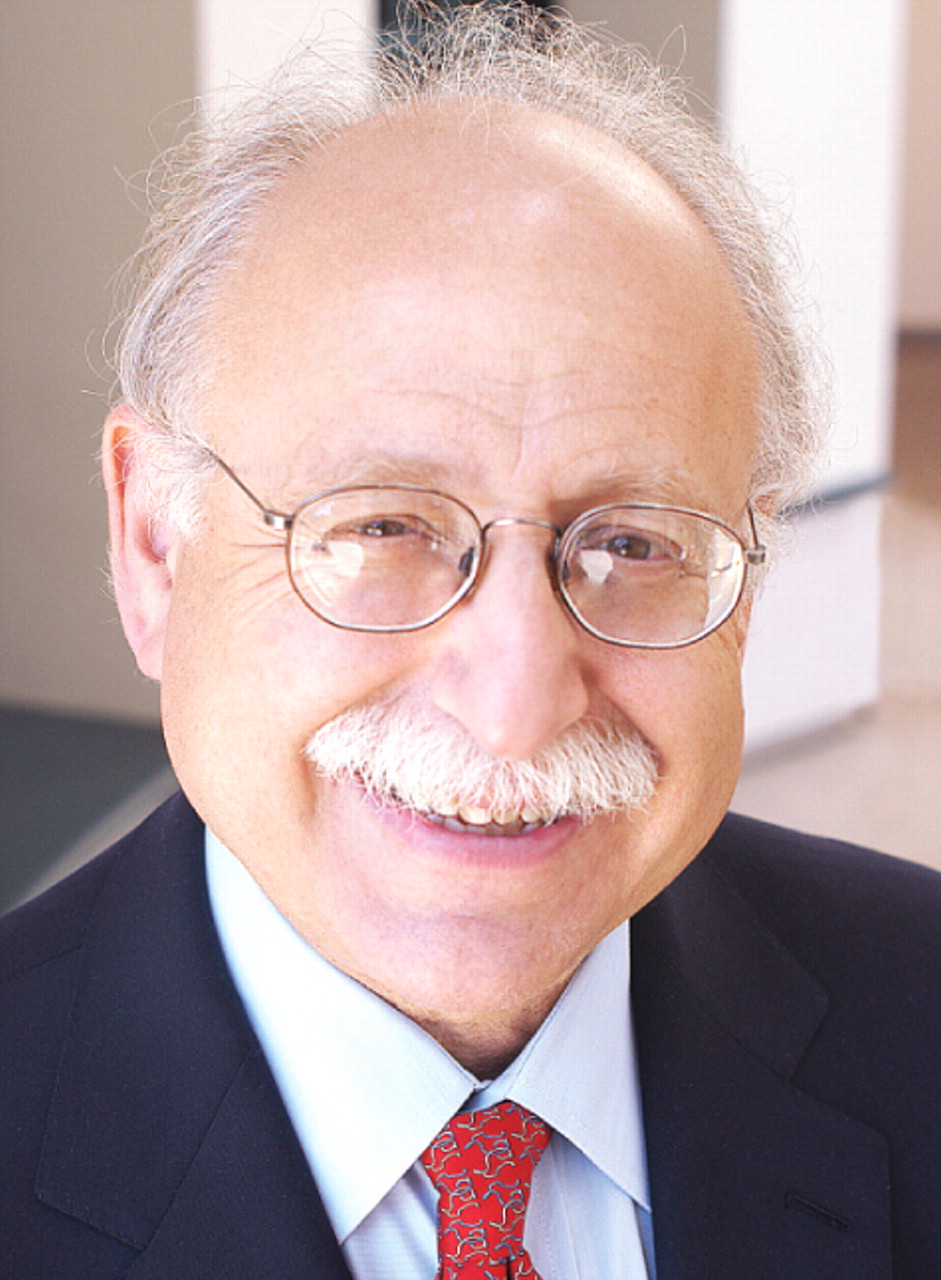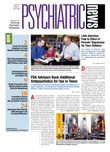Since this is my first column as APA president, I thought it would be useful to review where we are with the reorganization of the APA governance structure. Last year, then President Nada Stotland challenged the Board of Trustees to begin to look at whether our components were efficiently discharging their assigned tasks and whether we were spending too much of our annual budget on governance. In an exercise at a Board retreat almost a year ago, it appeared that those present thought we should spend a considerably lower percentage on support of the overall governance structure to free up dollars for essential programs. The sentiments matched what APA has observed in membership surveys. Our previous president elegantly articulated that 14 councils and 93 committees were much greater numbers than are seen in our sister organizations—many of which have larger memberships than ours.
Budget problems for the Association became apparent after the 2008 annual meeting, where we observed fewer international attendees as well as reduced industry support. The medical director and the Board went into action to reduce expenses, and a number of steps were taken. The September Components Meeting was limited to components with a minimum of a half-day of work to accomplish. All other components were able to meet through conference calls or LiveMeeting. There was a freeze on staff hirings and promotions and a delay or cancellation of all nonessential spending.
One step to plan for reduced governance was to set up a task force of leaders of the Association that Dr. Stotland asked me to head. Before the group met, the Board of Trustees approved a recommendation from an earlier task force to eliminate $1 million from the governance budgets, including a large cut to the components.
Once those actions were passed in December 2008, the typical September Components Meeting became unfeasible. Thus the existing components structure was under threat. The task force met several times and recommended a number of approaches. One key recommendation was to reduce the number of committees and councils and to shift work more uniformly from the committees to councils. In March the Board approved the plan, which went into effect in May at the end of APA's 2009 annual meeting.
Under the new structure, the number of councils has been reduced from 14 to nine, with one of the councils representing a merger of two previous councils and another representing a merger of three former councils, and only core committees have been retained. Because the councils' charges have been expanded, their size and staffing have been expanded as well. The councils have the power to set up time-limited, precisely focused work groups, as needed for a particular issue.
In the end, the number of non-award committees went from 73 to 14. Corresponding committees have been eliminated. We have attempted to appoint committee chairs to the councils if their committees were eliminated and have reappointed other council members if their tenures had not expired. This will help with continuity. We can now afford to have a smaller September Components Meeting, and we plan to work with the councils to implement the new structure.
Are we finished? There has been a great deal of positive response from members in regard to our efforts to reduce costs. There are some who have been disappointed by phasing out one committee or council or another. We will formalize a process for reviewing whether we need to make further adjustments, including reinstituting some components. In addition, some functions that were part of the components would probably fit better under the Assembly, and these are being looked at as well.
In the reorganization and budget process, we have made a number of other changes. One Board of Trustees meeting has been eliminated. The Joint Reference Committee budget was decreased by 70 percent. Cuts were also made to the Assembly budget, with the structural changes to be determined by the Assembly and currently under discussion. The Board also passed a motion to have another task force look at structural changes in APA's overall governance over this coming year.
My colleagues, these are difficult economic times for all of us. We need to be as prudent as possible in our structure and work prioritization in these troubling times. We cannot afford to waste resources, and we need to be ever more focused on what the members believe we should be working on. I look forward to continuing to work with all of you on making APA an even stronger professional society. ▪

